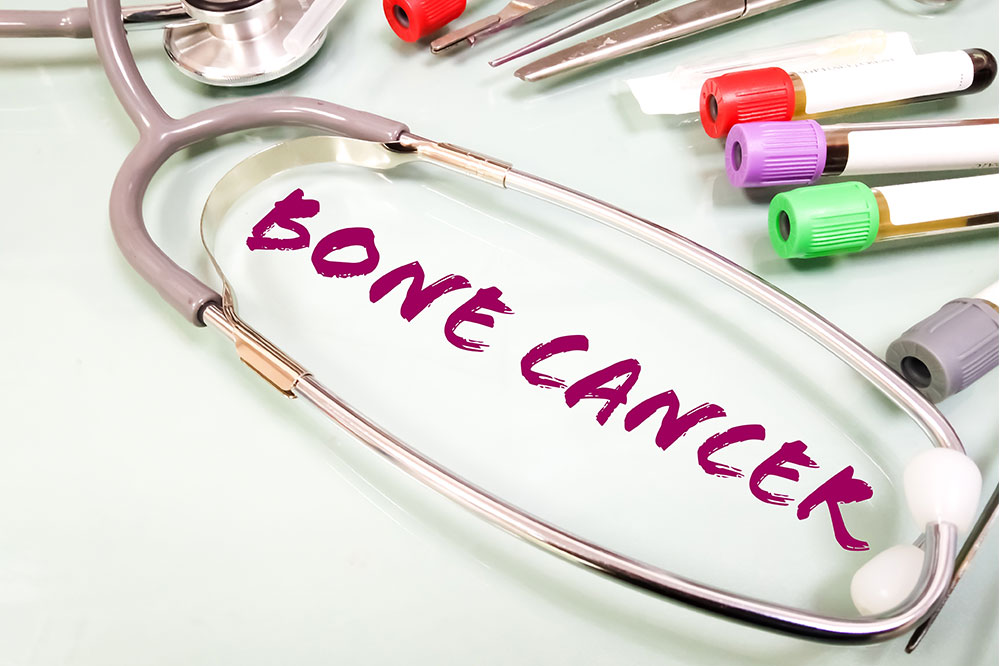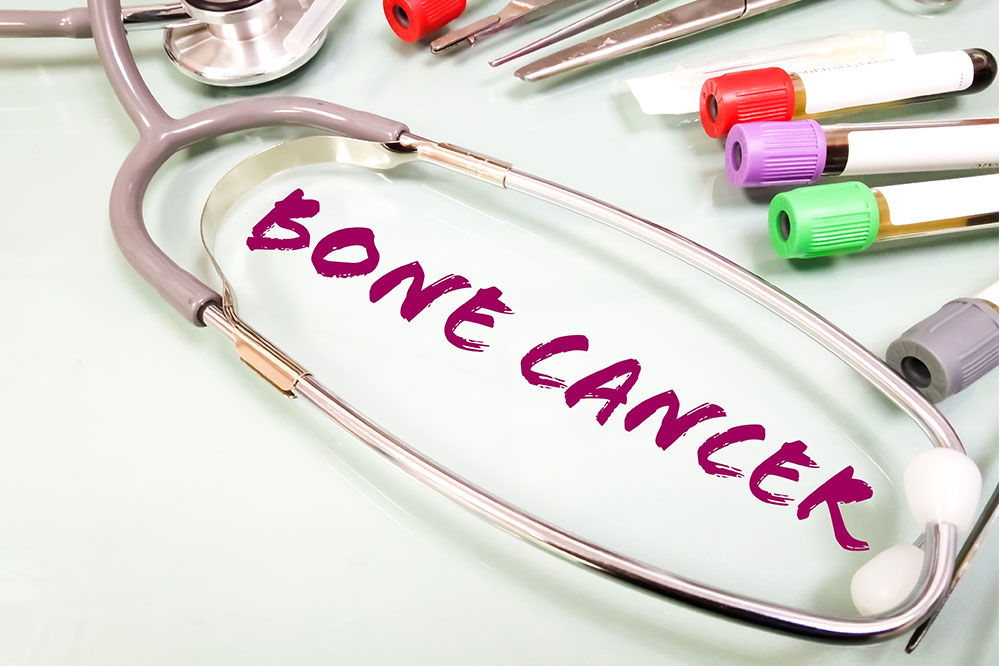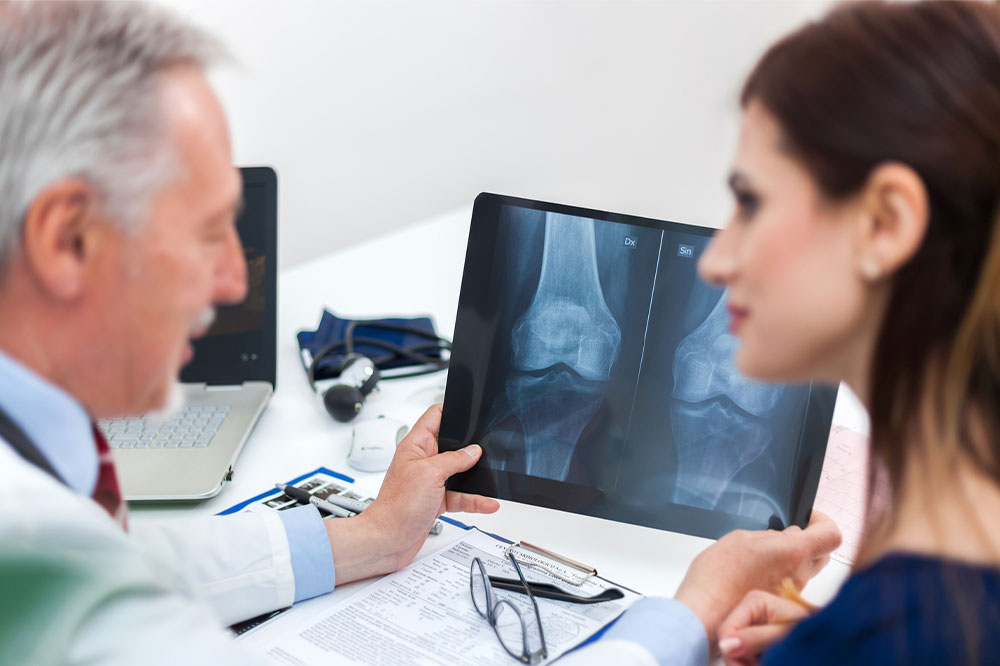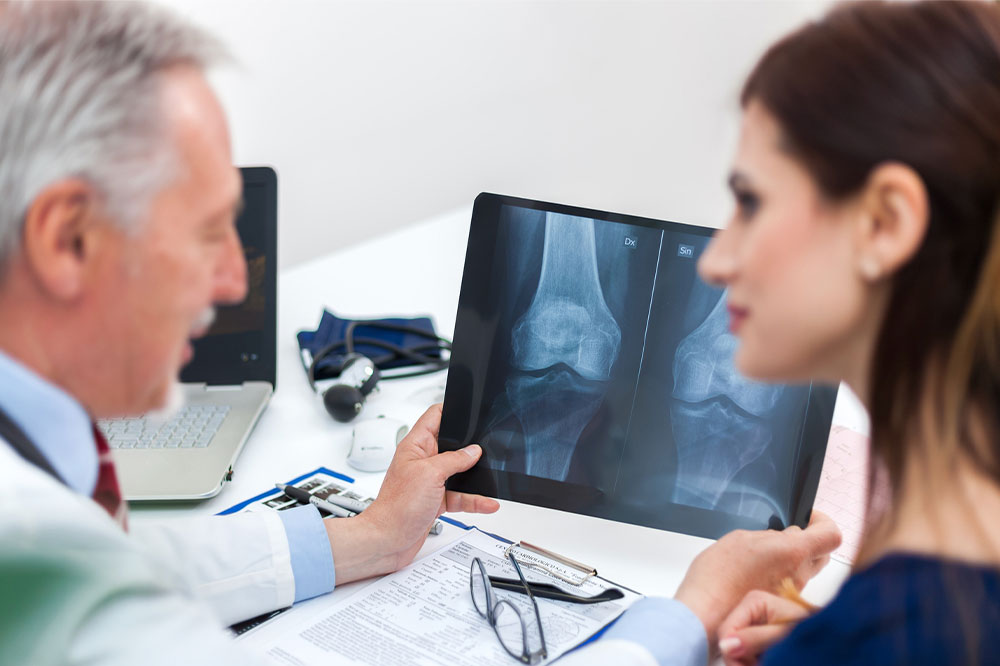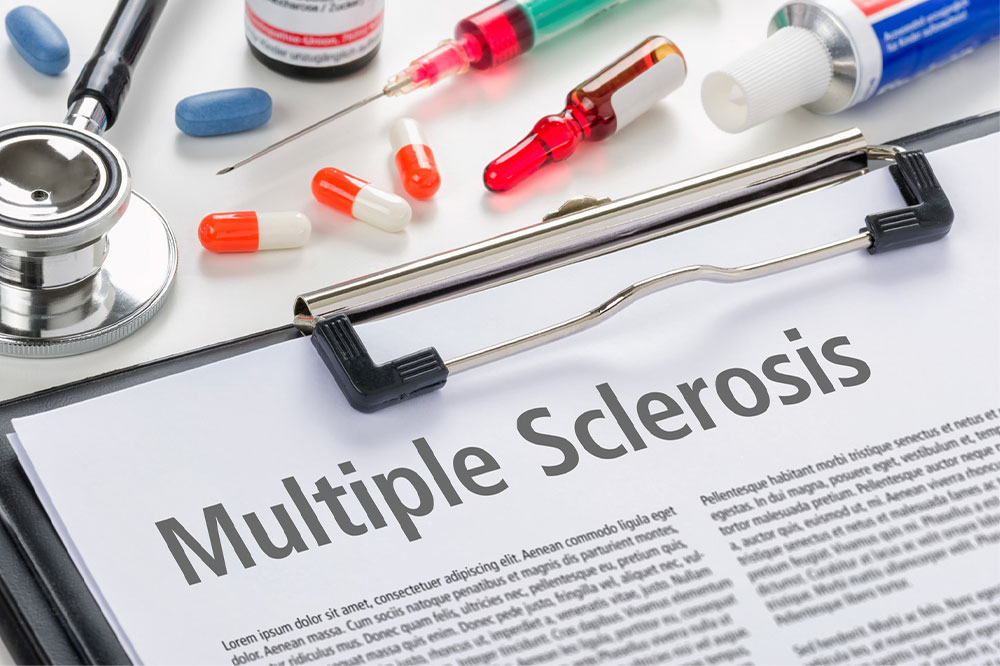
Health
7 common warning signs of prostate cancer
Prostate cancer is a condition wherein healthy cells in a man’s prostate begin growing aggressively and out of control. If left unchecked, this tumor can spread to nearby organs such as the rectum, bladder, and others. In such instances, this disease is likely to become life-threatening. Fortunately, prostate cancer is often highly curable if healthcare professionals diagnose and treat it at an early stage. Some of the common warning signs of prostate cancer are listed below. Stiffness in the lower back If the tumor is not dealt with during its initial stages, prostate cancer spreads to several areas encompassing the lower back region in a person’s body. The malignant cells can negatively affect the bones, leading to a condition known as bone metastasis. Eventually, cancer affects the spine and triggers back stiffness and pain in people. This symptom can sometimes make it hard for patients to sit. Frequent urination As mentioned earlier, in its advanced stages, prostate cancer can affect surrounding organs, such as the bladder, urethra, and, in the long term, kidneys if it spreads. The urethra and the bladder are two organs close to the prostate gland. So, as the prostate enlarges out of control due to cancerous cell growth, it puts pressure on the bladder, which in turn causes people to feel the urgent need to urinate more often than usual.
Read More 

